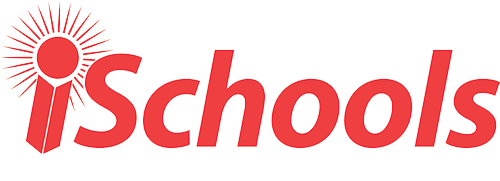Gianpaolo Gulletta finaliza o seu Doutoramento
Tema da Tese: From Human Motor Control to Human-like Motion in Robotics: planning, learning and controlling manipulation in Anthropomorphic Robotic Systems
Autor: Gianpaolo Gulletta
Orientadores: Estela Guerreiro Silva Bicho Erlhagen; Wolfram Erlhagen
Data: 09/09/2021
Programa Doutoral: Programa Doutoral em Engenharia Eletrónica e de Computadores
Abstract: As robots are starting to become part of our daily lives, they must be able to cooperate in a natural and efficient manner with humans to be socially accepted. Human-like morphology and movements are of- ten considered key features for intuitive human-robot interactions since they allow human peers to easily predict robotic movements. This PhD project concerns the design and the development of a modular framework that can transfer typical human motor characteristics of planning, learning and controlling upper-limb movements to anthropomorphic robotic arms. The majority of the presented work regards the motion planning module, which is capable of generating collision-free trajectories with human-like kine- matic features. In presence of small expected perturbations of the environment during the execution of similar tasks, learning mechanisms can increase the familiarity with similar sequences of actions by im- proving the general planning performance. With the purpose of mimicking the human experiential learning cycle, which allows to gain familiarity through experience on the field, an adaptive incremental motion learner is also proposed. In order to cope with unexpected disturbances of the workspace, such as the sudden change of the hand target, feed-back signals allows a redefinition of a upper-limb trajectory for the successful accomplishment of the given task. For this reason, the study of feed-back loop controllers is also part of this PhD project for tracking planned human-like upper-limb movements and promptly react to eventual unforeseen perturbations of the initial workspace. The separation and the interconnection of the planning, learning and controlling modules compose a structured framework of human-like motion generation for anthropomorphic manipulators. This division of the different functionalities suggests new directions of investigation towards a more complete integration of human motor skills into human-centred robotic devices.



